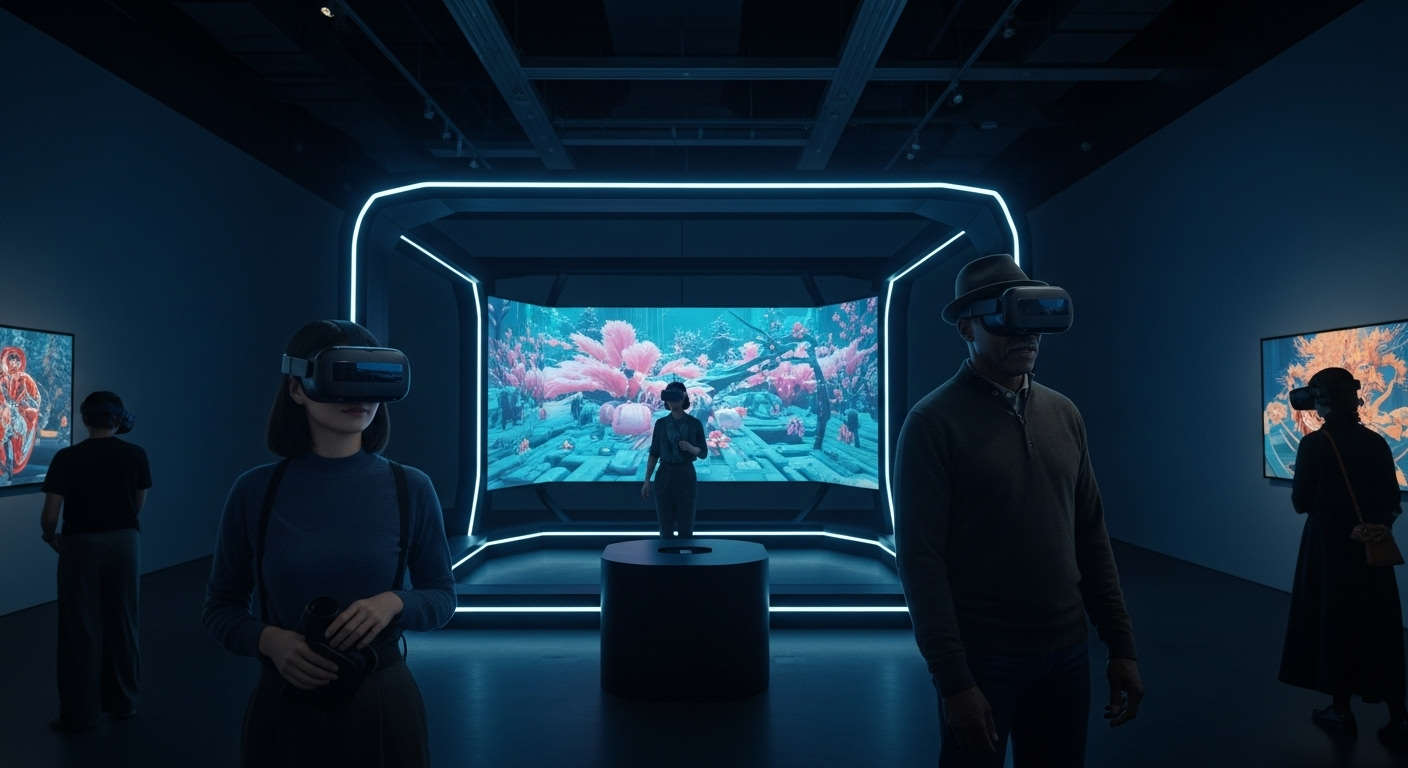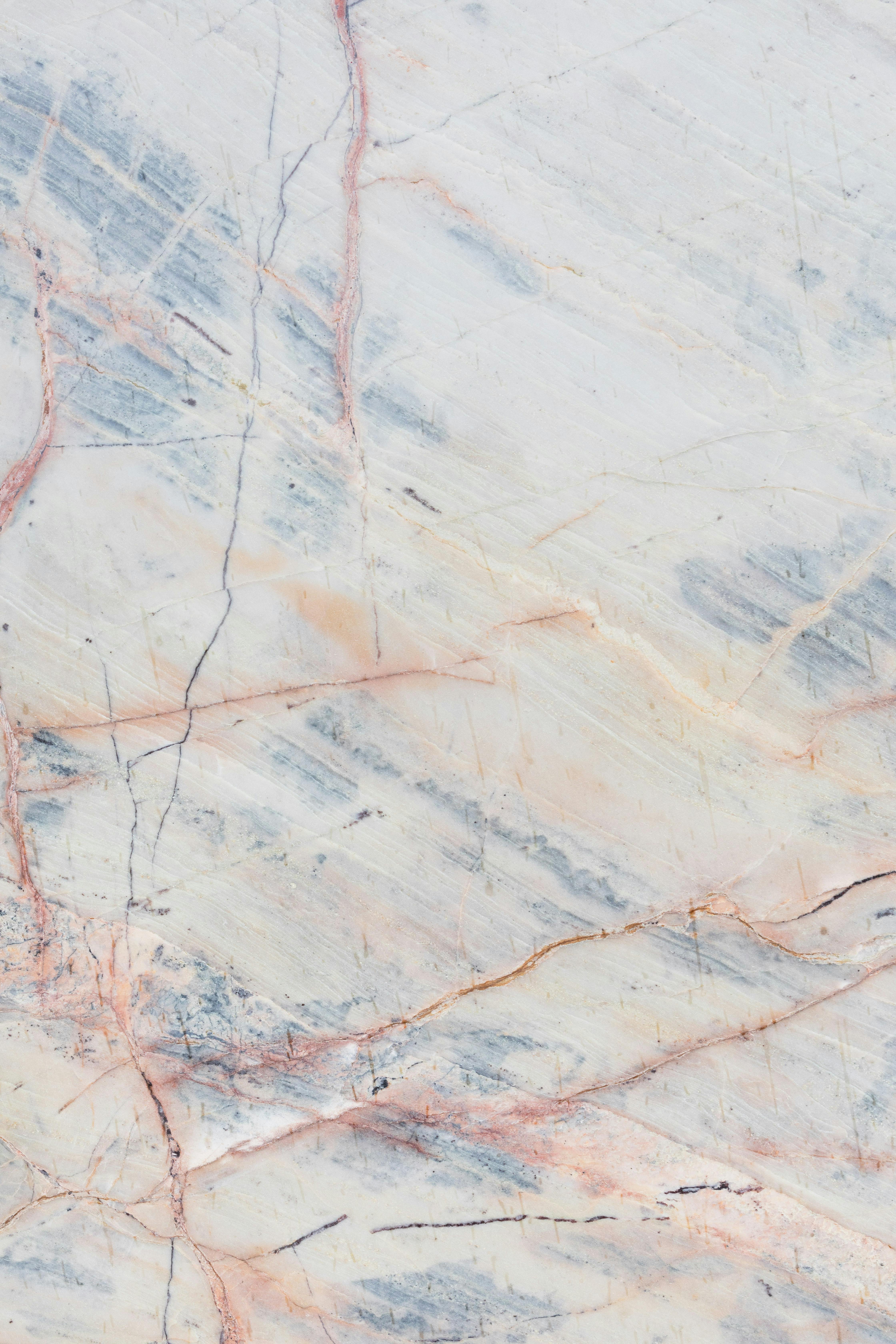Virtual Reality: Reshaping the Landscape of Modern Art
In the ever-evolving world of art and entertainment, there are few innovations as transformative as Virtual Reality (VR). As a revolutionary tool, VR is redefining the boundaries of artistic expression, creating immersive experiences that catapult audiences into fantastical realms beyond the constraints of the physical world. This article delves into the rise of Virtual Reality in the art world, exploring its historical progression, current developments, and the profound impact it is having on artists and audiences alike.

A New Reality: The Emergence of Virtual Reality in Art
Virtual Reality’s origins can be traced back to the mid-twentieth century, though it didn’t make significant strides in the art world until the late 1980s and early 1990s. Early pioneers like artist Myron Krueger began to experiment with VR technology, creating immersive installations that combined physical and digital elements. These initial ventures set the groundwork for the integration of VR into the realm of artistic expression.
Drawing in the Digital Age: Current Developments in VR Art
In recent years, the art world has seen a surge of artists embracing VR technology. From immersive installations to virtual galleries, artists are utilizing VR to create experiences that transcend traditional artistic mediums. Notably, the onset of the global pandemic significantly accelerated this trend, as artists turned to VR as a means to continue showcasing their work in the face of physical restrictions.
Beyond the Canvas: The Impact of VR on Artistic Expression
The integration of VR in the art world is not merely a technological advancement; it’s reshaping the very foundations of artistic expression. By breaking free from the confines of physical space, artists can create immersive, multi-sensory experiences that engage the audience in unprecedented ways. Moreover, this shift towards digital art has democratized the art world, allowing artists worldwide to share their work with global audiences.
Virtual Reality: A New Chapter in Art History
The significance of Virtual Reality in the contemporary art scene cannot be overstated. By providing artists with a new medium for expression and audiences with a new way to experience art, VR is ushering in a new chapter in art history. Its potential is limitless, and as technology continues to evolve, so will the possibilities for artistic innovation.
The Future of Art: A Virtual Horizon?
As we look towards the future, it’s clear that Virtual Reality will continue to play a pivotal role in the progression of art. While it’s currently in its infancy, the potential for growth is immense. As artists continue to explore the capabilities of this medium, we can expect to see more groundbreaking works that push the boundaries of what art can be.
In conclusion, Virtual Reality is a transformative force in the world of art and entertainment. Its rise has redefined the landscape of artistic expression, challenging traditional notions of art while offering new avenues for creativity. As we venture further into the digital age, VR will undoubtedly remain at the forefront of artistic innovation, shaping the future of art in unimaginable ways.




